We independently evaluate all recommended products and services. If you click on links we provide, we may receive compensation.
The older we get, the harder it can be to achieve that coveted good night’s sleep. Studies have shown that stress or an unpredictable sleep schedule can lead to insomnia, and reaching REM status can be impeded by things such as your diet or a lack of exercise. But falling and staying asleep may only be part of the problem; as restorative as a solid eight hours may be, sleeping in the wrong position can lead to stiff, achy muscles,- or worse, prevent your body from properly repairing and recovering itself overnight.
Myths abound about how to sleep best — or what special mattress or pillow will help you get there — but it turns out that a few small adjustments can lead to significant results. Here’s what we’ve learned about sleep positions and whether your go-to is the best one.
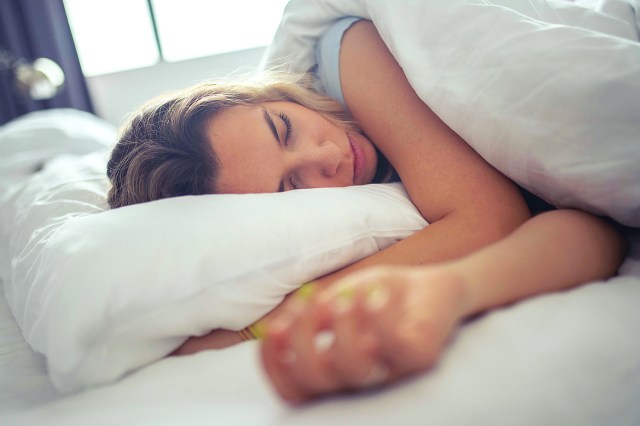
Is There a Best Sleep Position?
There isn’t one perfect position to sleep that works for everyone. According to the Sleep Foundation, any position that supports good spine alignment will help you avoid aches and pains. That said, more than 60% of folks sleep on their side, and there’s good reason for that. With a pillow or wedge in between your legs, it’s the position that puts the least strain on your back, with back sleeping as the second runner-up. (Stomach sleeping puts the most stress on your spine.) Additionally, side-sleeping can help combat heartburn, sleep apnea, and snoring, and make falling (and staying) asleep during pregnancy a little easier.
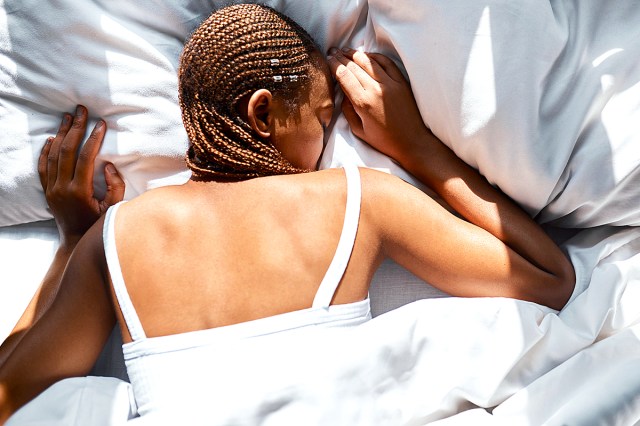
Can You Really Change the Way You Sleep?
Considering we’re not in control of the way we move overnight, tweaking your sleep position may seem impossible. However, Canada-based physiotherapist Inderjeet Takhar says there’s something you can control after you fall asleep.
“Sleep is one of the hardest positions to change,” she confirms. “So what matters is [a comfortable] mattress and how many pillows you use.”
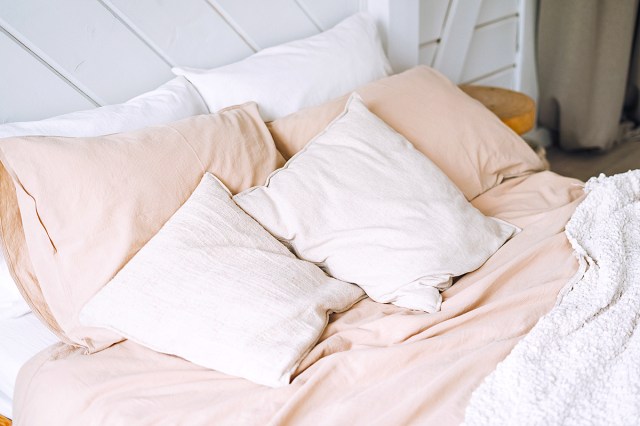
You Might Be Using Too Many Pillows
As comfortable as they may seem, the more pillows you sleep with, the worse position your body will be in. The correct pillow count depends on the position you tend to sleep in most often. Takhar recommends that back sleepers choose a thin pillow (you want to be pretty flat), with a pillow support under your knees, while side sleepers should opt for something only slightly more robust. The choice of fluffy pillow is yours, but make sure that if your neck is a problem area, you limit yourself to two pillows, maximum: More than 20 centimeters in height can overextend your neck, leading to strain and misalignment. Think: “cervical radiculopathy, nerve impingement, shoulder pain, or tears,” Takhar says.
If it feels more comfortable to you to sleep in a heightened-neck position, it could be that you trained your muscles the wrong way and they shortened over time. “Getting rid of your pillow will correct your posture and allow your neck to go back to the correct resting length,” Takhar says.
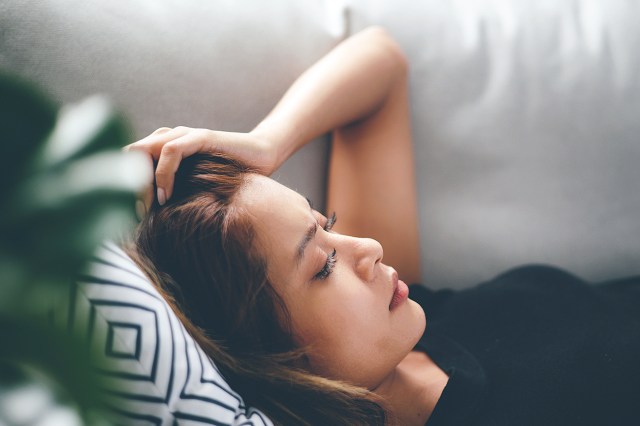
Stress Can Make Your Sleep Position Worse
Perhaps unsurprisingly, your stress level can also affect your sleep position. “Stress can increase jaw clenching and grinding, which causes us to sleep in a more head-forward position or curled up in a ball,” Takhar says. “Learning to relax and let go of the day and be present in the moment of sleep will really help to cause the central system and help relieve stress prior to bed.”
In terms of sleep positions, Dr. Michael J. Breus of Psychology Today found that stress can be alleviated by side-sleeping because it puts less strain on the nervous system. Of course, if you’re experiencing chronic joint or muscle pain, see a doctor or physical therapist to rule out any more concerning conditions.
This article is for general informational purposes only.
Affiliate Disclaimer Medical Disclaimer



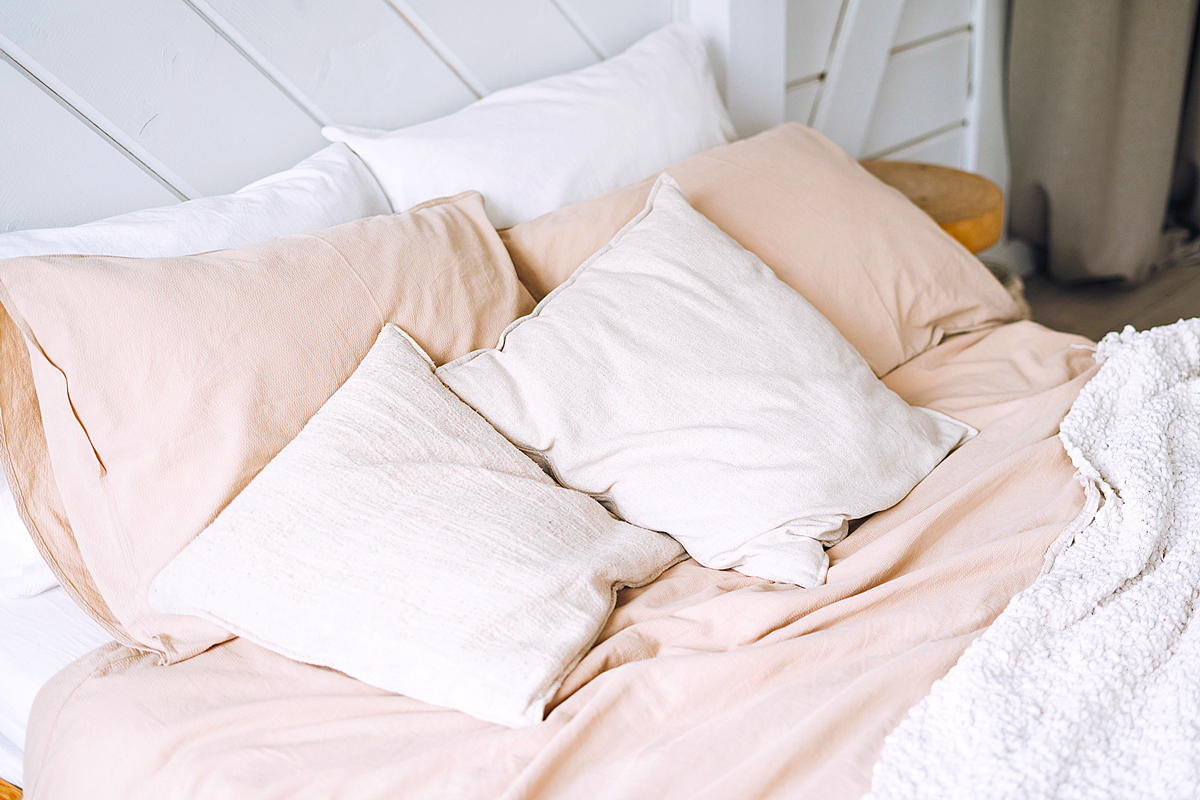



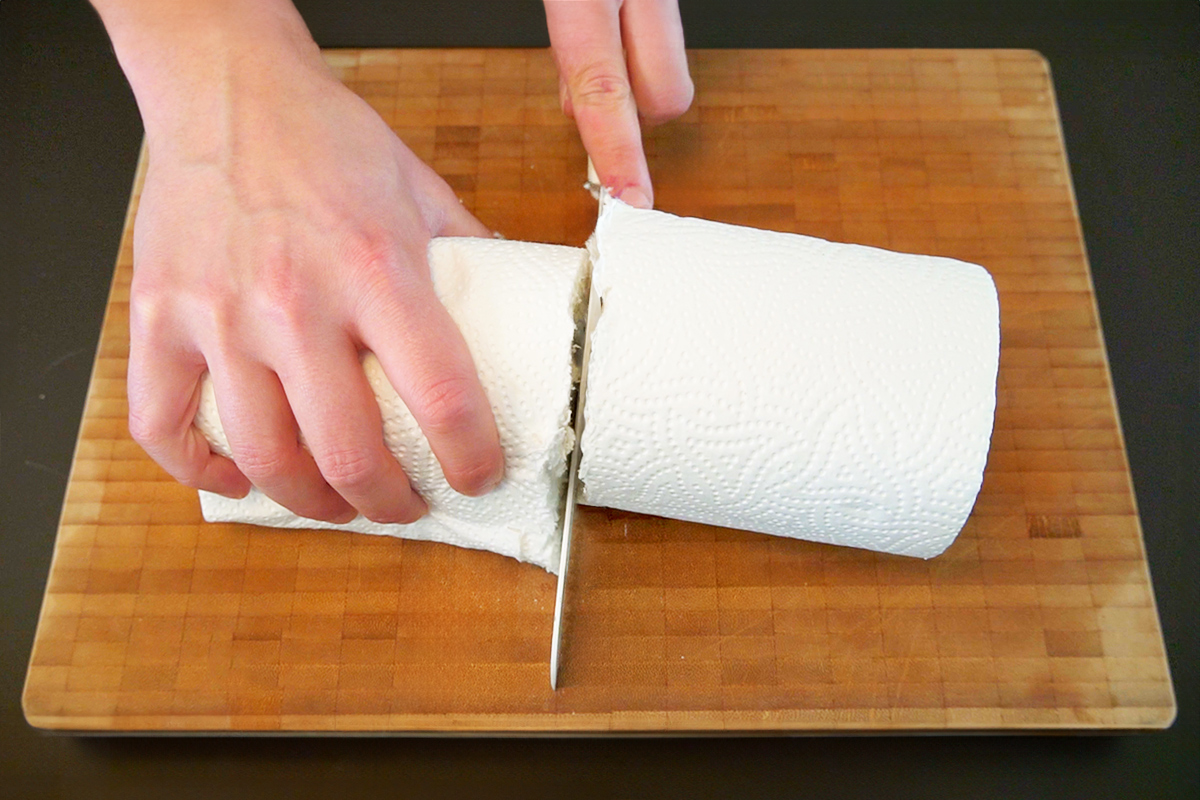
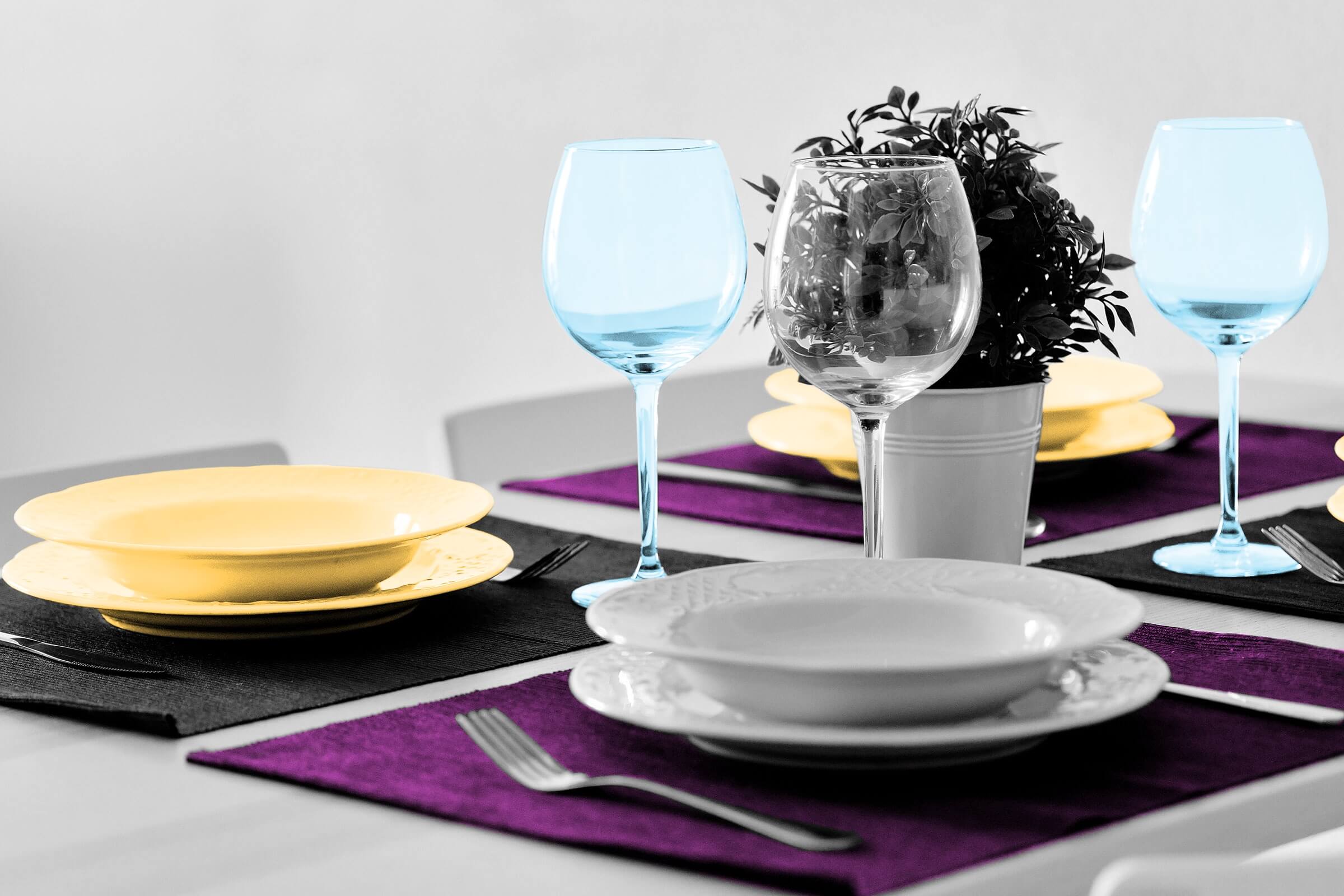
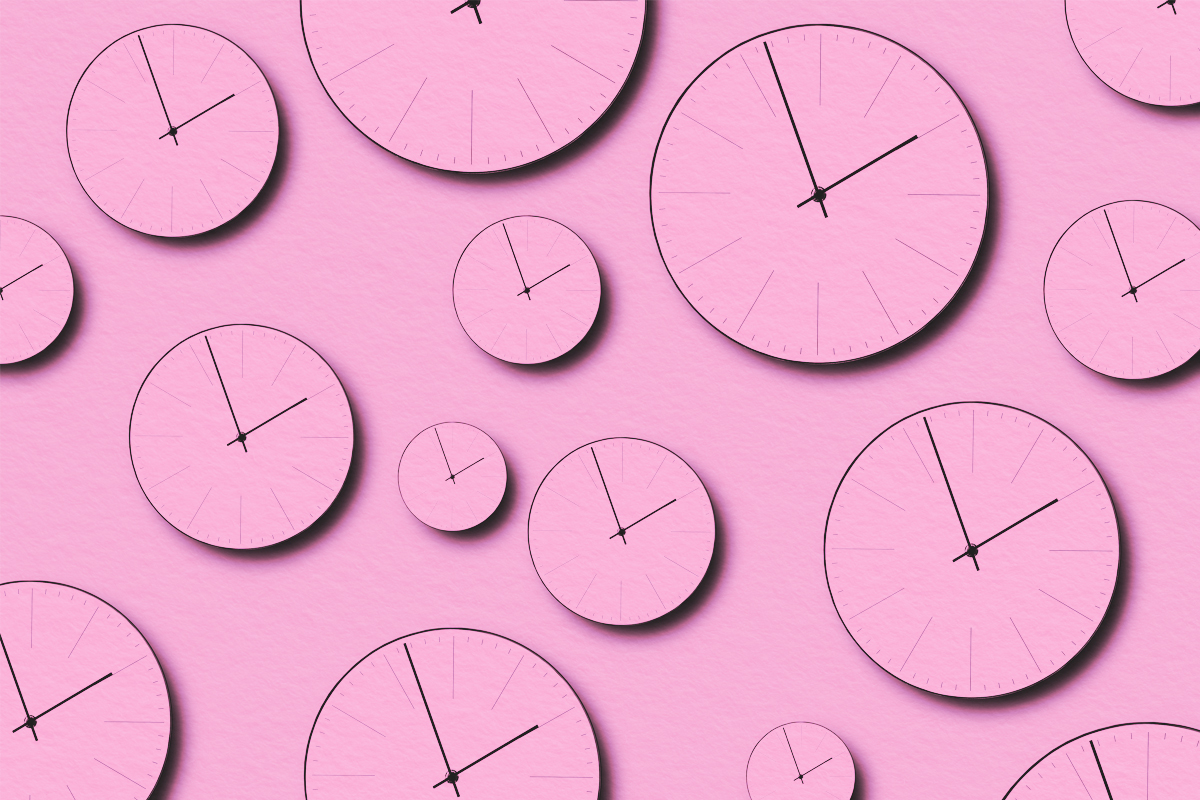
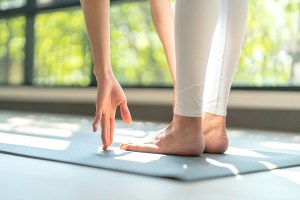





 Unique Beauty is free for all users.
Unique Beauty is free for all users.